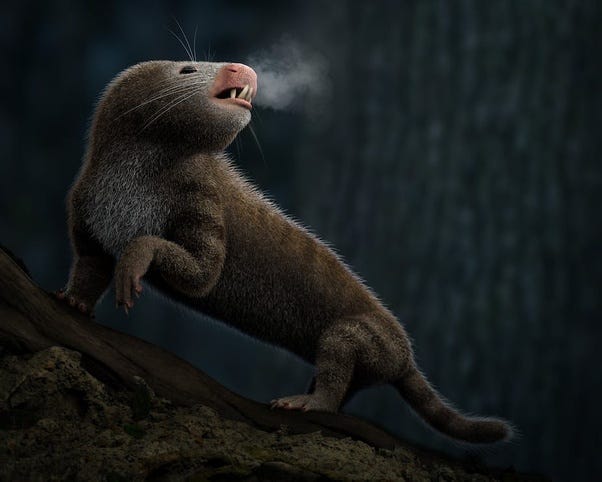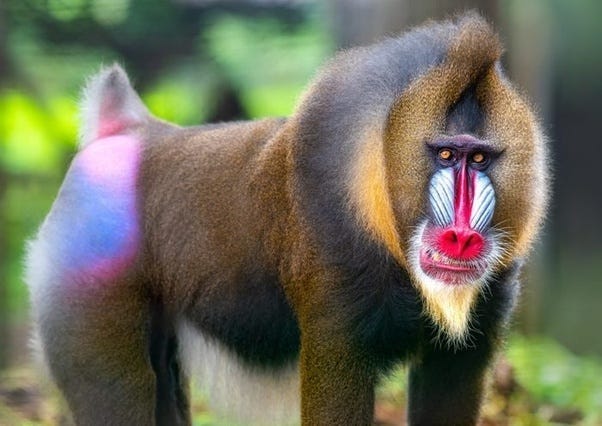Why Are Mammals Generally Less Colorful Compared to Other Animals?
Written on
Chapter 1: The Divergence of Mammals, Birds, and Reptiles
Approximately 200 million years ago, mammals, birds, and reptiles began to evolve separately from their common ancestors. The distinct ecological roles they adopted played a crucial role in shaping their evolutionary paths.

Birds, relying predominantly on their exceptional vision, have developed some of the most advanced sight capabilities in the animal kingdom. Their reliance on sight over smell, which diminishes with altitude, has led to the evolution of vibrant plumage to attract mates and communicate within species.
Conversely, early mammals resembled small rodent-like creatures that thrived in nocturnal environments. This lifestyle influenced their sensory development, favoring smell over sight. As a result, these mammals had a less developed visual system and struggled to perceive colors distinctly.

As the two groups continued to evolve, their diversity expanded, leading to the formation of new species. Today, many birds possess four types of photoreceptors, allowing them to see ultraviolet light, while most mammals are limited to receptors for yellow and blue hues.

This disparity in color perception means that for many mammals, shades of orange or brown blend seamlessly with their environment, such as soil or foliage. Consequently, these colors became advantageous for camouflage.

As a result, many mammals predominantly exhibit brown or neutral hues. However, there are exceptions. Domestic cats and tigers, for instance, cannot perceive red, yet this color is prevalent in their fur. This trait persists not due to its visibility but because it poses no threat, as most of their prey and predators are similarly unable to detect it.
Another noteworthy case is that of primates. Despite being classified as mammals, primates have evolved superior color vision to identify ripe fruits and harmful insects. This adaptation has led to the evolution of vibrant fur patterns, akin to those seen in birds.
